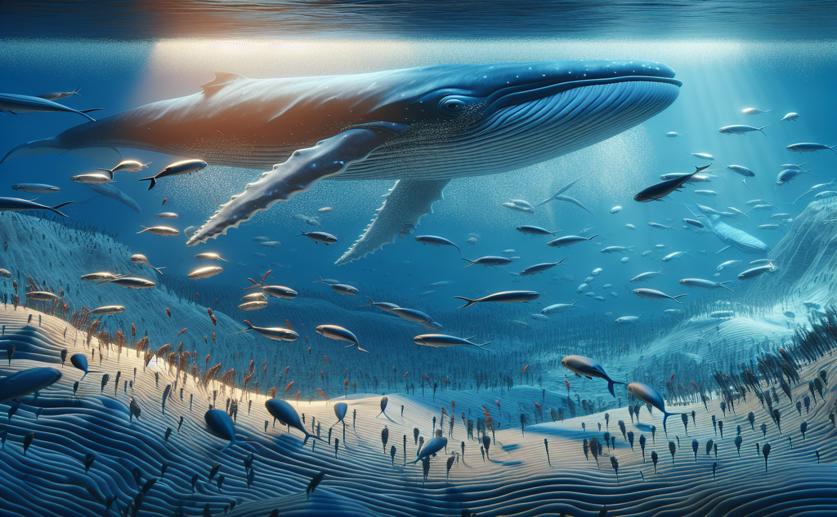
How Whales and Krill Gather Spotted by Ocean Mapping
Greg Howard
28th February, 2024

Image Source: Natural Science News, 2024
References
Main Study
1) Submesoscale coupling of krill and whales revealed by aggregative Lagrangian coherent structures.
Published 28th February, 2024
Journal: Proceedings. Biological sciences
Issue: Vol 291, Issue 2017, Feb 2024
Related Studies
2) Oceanic giants dance to atmospheric rhythms: Ephemeral wind-driven resource tracking by blue whales.
3) Anticyclonic eddies aggregate pelagic predators in a subtropical gyre.



 25th February, 2024 | Jenn Hoskins
25th February, 2024 | Jenn Hoskins